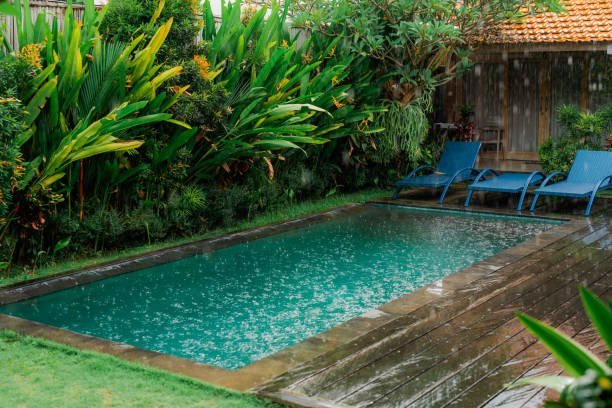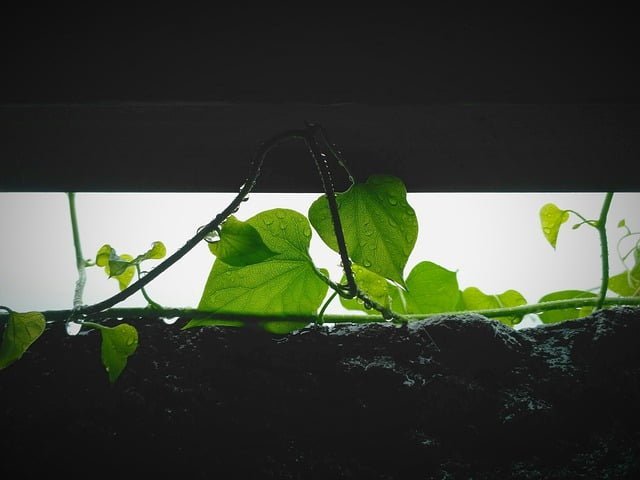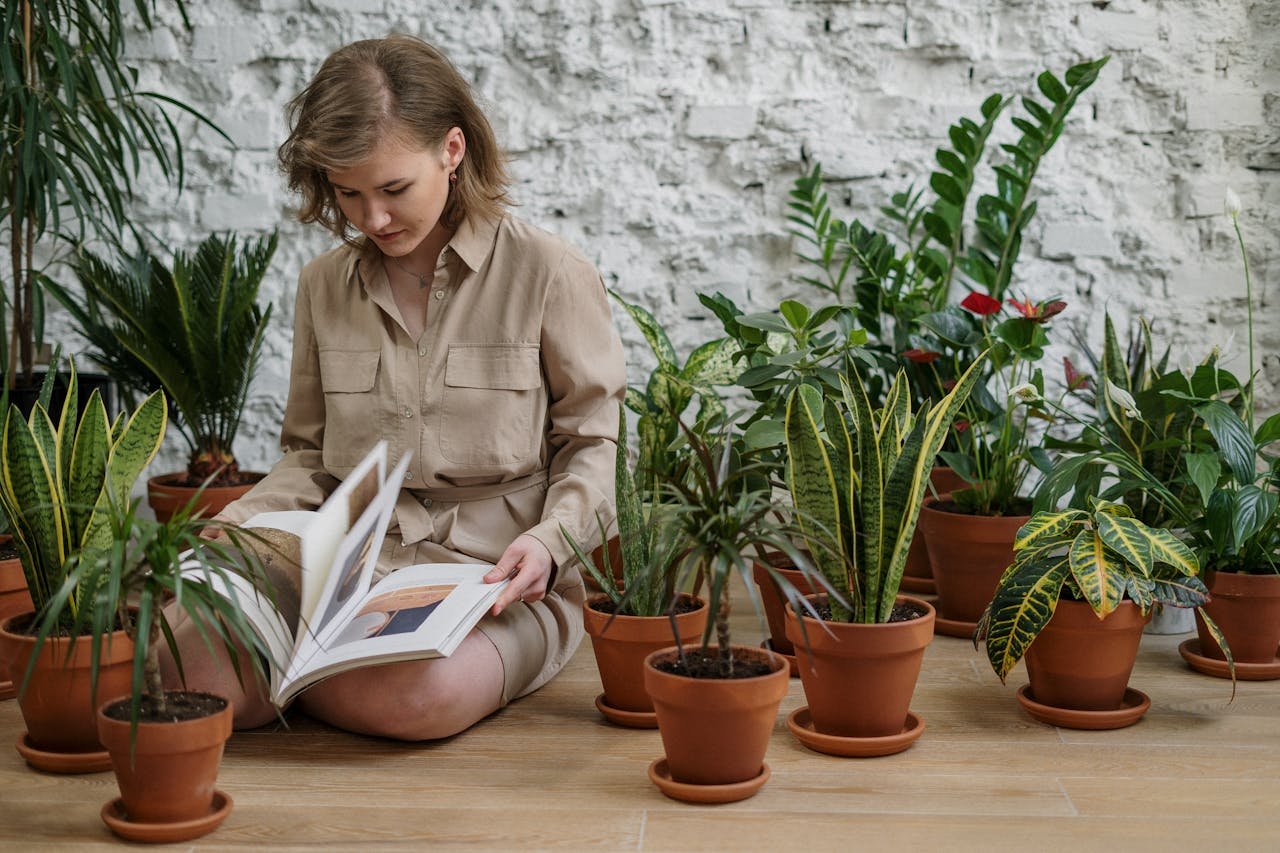Monsoon Gardening Tips: How to Keep Your Indoor Plants Happy During the Rainy Season

Introduction
Monsoon Gardening Tips; The rainy season can be a challenging time for indoor plant owners. Excessive moisture in the air can lead to issues such as mold, mildew, and root rot. However, with proper care and attention, you can ensure your plants thrive even during the rainy days. In this article, we will discuss some tips and tricks for keeping your indoor plants healthy and happy during the rainy season.
Thank you for reading this post, don't forget to subscribe!1. Choose the Right Plants for Rainy Days
- Select plants that are well-suited to humidity levels.
- Consider plants that thrive in low light conditions.

2. Place Plants in Well-Draining Pots
- Use pots with drainage holes to prevent water from pooling at the bottom.
- Add gravel or pebbles to the bottom of the pot for additional drainage.
3. Control Humidity Levels
- Use a dehumidifier to lower humidity levels if necessary.
- Place a fan near your plants to improve air circulation.

4. Monitor Watering Carefully
- Check the moisture level of the soil regularly.
- Water your plants only when the top inch of soil is dry.
5. Prune Regularly
- Remove any dead or yellowing leaves to prevent the spread of disease.
- Trim overgrown branches to promote healthy growth.
6. Protect Plants from Drafts
- Keep your plants away from drafty windows or doors.
- Use a humidifier to maintain consistent humidity levels.

7. Rotate Plants
- Rotate your plants regularly to ensure even growth.
- This also helps prevent your plants from leaning towards the light source.
8. Clean the Leaves
- Wipe the leaves of your plants with a damp cloth to remove dust and debris.
- This will help your plants absorb more light and nutrients.
9. Avoid Overcrowding
- Give your plants plenty of space to grow.
- Repot your plants if they outgrow their current container.
10. Keep an Eye Out for Pests
- Check your plants regularly for signs of pests such as spider mites or mealybugs.
- Treat infestations promptly to prevent damage to your plants.
11. Provide Adequate Lighting
- If natural light is limited, consider using grow lights to supplement.
- Place your plants near a window where they can receive indirect sunlight.
12. Fertilize Sparingly
- Use a balanced fertilizer diluted to half strength to avoid overfeeding your plants.
- Fertilize your plants every 4-6 weeks during the growing season.
13. Be Mindful of Temperature Changes
- Avoid placing your plants near drafty windows or vents.
- Maintain a consistent temperature in your home to prevent stress on your plants.
14. Adjust Care Based on Plant Needs
- Different plants have different care requirements, so tailor your care routine accordingly.
- Research the specific needs of each plant in your collection.
My Opinion
With the right care and attention, you can ensure that your indoor plants thrive even during the rainy season. By following these tips and tricks, you can keep your plants healthy and happy year-round.
FAQs
- How often should I water my plants during the rainy season?
- Water your plants only when the top inch of soil is dry to prevent overwatering.
- Can I place my plants outside during the rainy season?
- It is best to keep your plants indoors during the rainy season to prevent waterlogged soil and potential pest infestations.
- How do I prevent mold growth on my plants during the rainy season?
- Ensure good air circulation around your plants and avoid overwatering to prevent mold growth.
- Should I fertilize my plants more often during the rainy season?
- Fertilize your plants according to their regular schedule and adjust based on their individual needs.
- What should I do if my plant gets waterlogged during the rainy season?
- Remove the plant from its pot, gently shake off excess soil, and repot in fresh, well-draining soil to prevent root rot.




